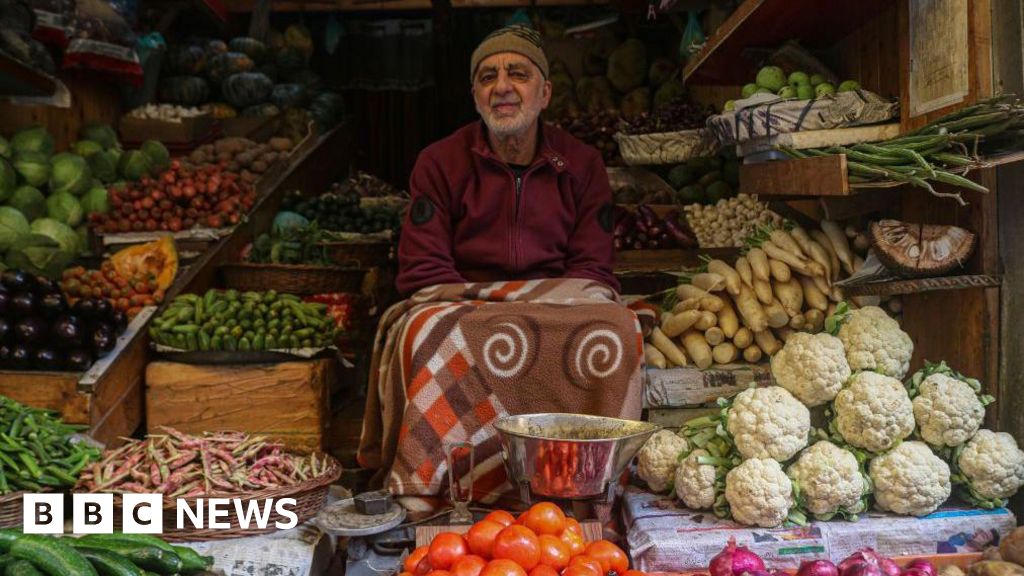RBI's 50 BPS Repo Rate Cut to 5.5%: Market Impact and Loan Implications

India's central bank, the Reserve Bank of India (RBI), executed a significant monetary policy easing on Friday, June 6, by reducing key interest rates and adjusting its policy stance. RBI Governor Sanjay Malhotra announced a deeper-than-expected cut in the repo rate and a reduction in the Cash Reserve Ratio (CRR), moves aimed at stimulating economic growth amid global uncertainties and a domestic slowdown.
The Monetary Policy Committee (MPC) slashed the repo rate by 50 basis points (bps), bringing it down from 6.0% to 5.5%. This marks the lowest repo rate in three years and is the third such reduction in 2025, following cuts in April and February, accumulating to a total of 100 bps since February. Alongside the repo rate adjustment, the RBI also cut the CRR by 100 basis points, from 4% to 3%. This CRR cut is expected to infuse approximately Rs 2.5 lakh crore of liquidity into the banking system. Furthermore, the central bank shifted its monetary policy stance from "accommodative" to "neutral," signaling a potential pause to assess the impact of these measures.
The RBI's decision was driven by the need to stimulate domestic consumption and investment, as Governor Malhotra highlighted that current growth is "lower than our aspirations." India's economy grew by 6.5% in the financial year ending March, a sharp drop from the 9.2% recorded in the financial year 2023-24, though it remains the world's fastest-expanding major economy. The easing was also supported by falling inflation, with retail prices slowing to 3.16% in April – a six-year low and below the RBI's 4% target – primarily due to declining food prices. Food inflation moderated to 1.78% in April.
Reflecting the favorable inflation trend, the RBI lowered its CPI inflation forecast for the fiscal year 2025-26 to 3.7% from the earlier 4%. For FY26, quarterly projections are 2.9% for Q1, 3.4% for Q2, 3.9% for Q3, and 4.4% for Q4. The governor noted that while the food inflation outlook remains soft, core inflation is also expected to be benign due to easing international commodity prices. Factors like an expected above-normal monsoon, weaker oil prices (India being a net importer), and a strong currency are likely to keep inflation in check. However, the RBI remains watchful of weather and tariff-related disruptions. The real GDP forecast for FY26 was maintained at 6.5%, with quarterly projections of 6.5% for Q1, 6.7% for Q2, 6.6% for Q3, and 6.3% for Q4.
The lower borrowing costs are anticipated to positively impact various segments of the economy. This includes improved purchasing power for households, lower input costs for companies, and reduced debt servicing costs for the government. The real estate sector, particularly affordable and mid-income housing, is expected to receive a boost. Anuj Puri, chairman of ANAROCK Group, stated that lower EMIs would improve affordability and potentially boost demand. The policy is also expected to improve retail demand for vehicles. For banks and NBFCs, the CRR cut is seen as a significant positive, estimated by Axis Bank's Deputy Managing Director Rajiv Anand to add about 4-5 basis points to net interest margins (NIMs), despite quicker asset repricing than deposits. The RBI Governor also noted that stress witnessed earlier in retail segments like unsecured personal loans and credit card receivables has abated, though stress in microfinance persists.
The financial markets responded enthusiastically to the RBI's announcements. Indian benchmark indices, Sensex and Nifty, surged, with Sensex trading around 81,947.74 (up 0.62%) and Nifty around 24,919.30 (up 0.68%) post-announcement. The Bank Nifty climbed to an all-time high of 56,305, rising over 800 points. Rate-sensitive sectors led the rally, with the Nifty Realty index gaining over 4% and the Nifty Auto index also trading in the green. Banking stocks, especially PSUs like Punjab National Bank, Bank of Baroda, and IDFC First Bank, saw strong gains. Shares of NBFCs and specific banks like Bajaj Finance (rallied 4.2% to ₹9,313), SBI Card (up 4% to ₹982.9, a new all-time high), and RBL Bank (up 3.5% to ₹214.1) also witnessed significant buying interest. The India VIX, a measure of market volatility, declined by 4.21% to 15.08.
Analysts interpreted the "neutral" stance as an indication that further rate cuts are unlikely unless warranted by evolving economic conditions. Dr. VK Vijayakumar of Geojit Investments Ltd. suggested that credit growth stimulated by the rate cut would compensate for any dip in bank margins. Madhavi Arora of Emkay Global opined that the RBI has front-loaded policy actions, and the onus is now on banks to transmit these easier financial conditions. Morgan Stanley maintained an overweight stance on India, expecting two RBI rate cuts this year. The RBI itself indicated that the MPC will carefully assess income data and the evolving outlook to chart future policy. The record dividend payout by the RBI to the government (Rs 2.69 lakh crore) is also seen as providing fiscal room for an economic push.
The Reserve Bank of India's aggressive monetary easing, encompassing substantial cuts to the repo rate and CRR along with a revised inflation outlook and a shift in policy stance, has been largely welcomed as a decisive measure to support economic activity. While the immediate market reaction has been positive, the sustained impact will depend on the effective transmission of lower rates by banks, the trajectory of domestic and global economic indicators, and the continued management of inflation. For now, rate-sensitive sectors are expected to remain in focus as the economy navigates towards a potential recovery.












